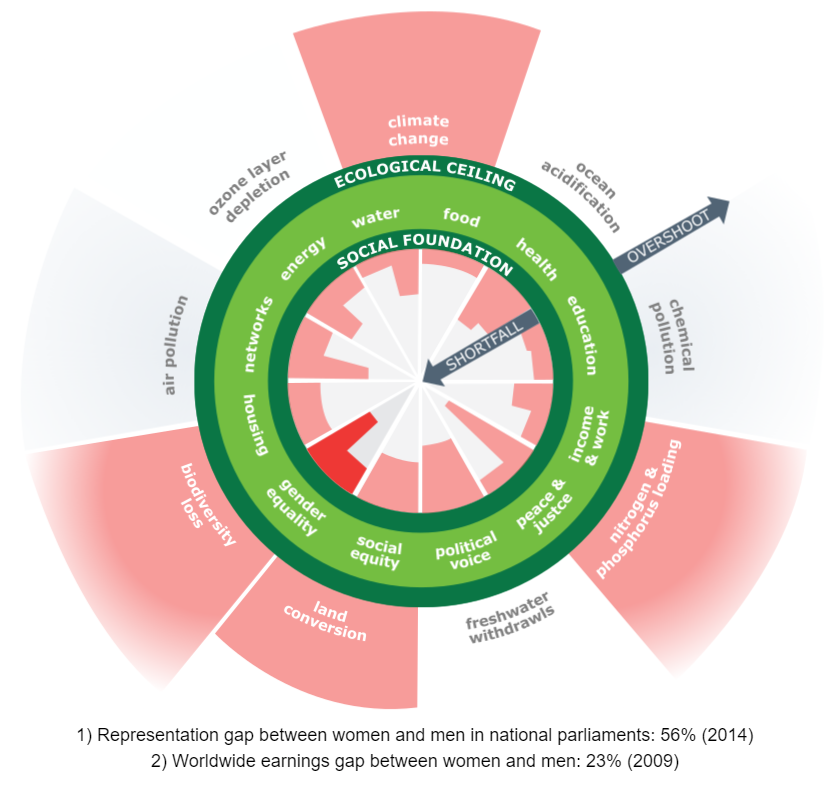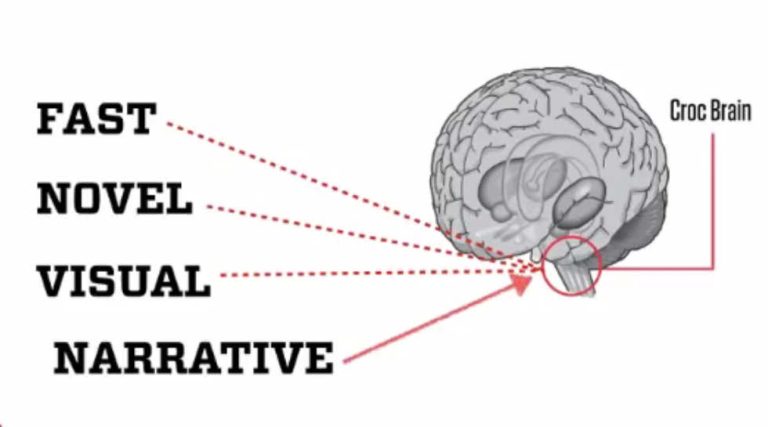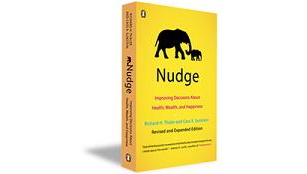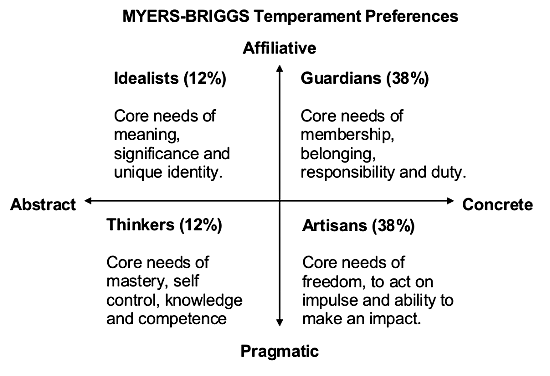Doughnut Economics – a doughnut that’s GOOD for you
Renegade economist Kate Raworth studied economics because she wanted to make the world more sustainable. Instead, she found that it was stuck in limited, mechanistic thinking.
Over time – and many conversations in business and international development – she developed a new approach to economics – now acclaimed internationally.
It goes beyond the limitations of “growth” and “GDP” to explore how we can create a 21st century economy that is regenerative, safe and just for all.
“The most powerful place to change a system is in the mindset that creates it.” -Donella Meadows
Raworth’s approach offers a powerful new mindset – and is documented in the excellent book Doughnut Economics: 7 ways to think like a 21st century economist.
- Change the goal – from GDP to a safe and just society
- Tell a new story – an economy embedded in ecosystems and communities
- Nurture human nature – we’re social and interdependent not rational economic actors
- Get savvy with systems – learn to balance complex systems in dynamic equilibrium
- Design to distribute – inequality is a design failure not an economic necessity
- Create to regenerate – replace degenerative industrial design with
- Be agnostic about growth – economies that thrive – whether or not they “grow”
A key insight – how much visual matters
One of the key “aha” moments for me was this quote:
“Half of the nerve fibres in our brains are linked to our vision and, when our eyes are open, vision accounts for two-thirds of the electrical activity in the brain. It takes just 150 milliseconds for the brain to recognise an image and a mere 100 milliseconds more to attach a meaning to it. -Kate Raworth, Doughnut Economics
Doughnut Economics offers a powerful toolkit of ideas and images for regenerators, including the Doughnut itself:

Key animated images are available for you to explore on her website.
The book is a fascinating exploration of history, economics and “the human in the equation”.
To find out 1) whether it should be in your library, AND 2) how you can apply it I’ve collected a set of videos, articles and resources. below
Introductions to The Doughnut
What IS Doughnut Economics? In just 1 minute here’s the picture developed by rebel economist Kate Raworth.
Applying the Doughnut to Your Business includes an introduction to Doughnut Economics and some starting points for shifting your business from extractive to regenerative.
Kate Raworth explaining the limitations of “growth economics” and the GDP in An economy that thrives – doesn’t just grow An economy that “meets the needs of all people within the means of this extraordinary, unique, living planet.”
An NPR article discussing How can we create a thriving economy for ourselves and the planet? with Kate Raworth
Here’s a book summary – though the full book is a fascinating read and well worth investing in.
In October 2021, the Doughnut Economics Action Lab published this 4-video Introductory Lecture Series.
Doughtnuts and Cities
Cities and regions are starting to explore how to do doughnuts – because that’s the scale of the systems most of us operate in. Some starting resources for regional regenerators include:
Doughnut Economics in Amsterdam City.
A hand book for doing Doughnut Economics at city scale can be found at Creating City Portraits – Handbook, along with long with some of the supporting worksheets used in the process.






